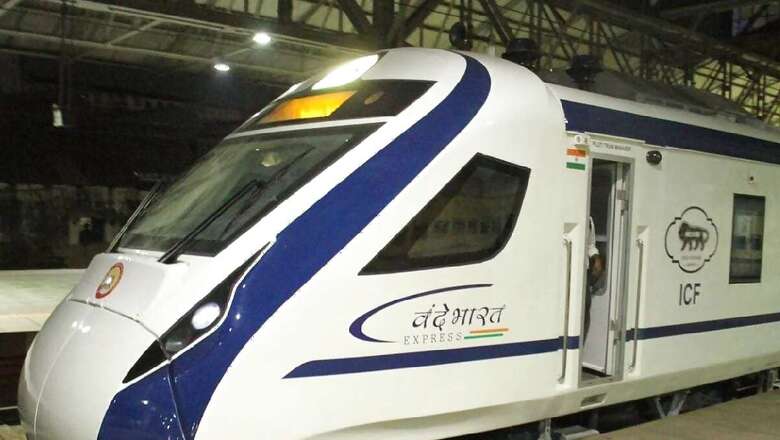
views
A new Production Linked Incentive (PLI) scheme is in the pipeline to boost domestic manufacturing of wheels, brakes, and transmission systems for Linke Hofmann Busch (LHB) and Vande Bharat train sets in India, said Railways officials, adding that they are aiming to sell the indigenous semi-high-speed trains to countries around the world, especially in Europe, South America and East Asia, by 2025-26.
Currently, India is dependent on imports of these vital items in train manufacturing. However, with the PLI scheme, the goal is to incentivise local manufacturers into producing these parts domestically, officials aware of the matter said.
In the last few years, steps were taken by Indian Railways to develop indigenous sources in the country for the items presently being imported. At the same time, the ministry is also developing adequate capacity for manufacturing a range of components in its own workshops apart from in public and private sector units with indigenous designs and competency.
International Symbol
Given the pace at which India is working to boost domestic manufacturing in the rail sector, it won’t be long before the world turns to us for trains, an official from the Indian Railways claimed.
According to officials, the Indian Railway’s 65-year-old Integrated Coach Factory (ICF) has exported 650 railway coaches, shells, and other components to other countries. India has also supplied trains to Mozambique.
Further, the ICF has exported components manufactured in Chennai to 14 countries, including Thailand, Burma, Taiwan, the Philippines, Tanzania, Uganda, Vietnam, Nigeria, Bangladesh, Mozambique, Malaysia, Angola, and Sri Lanka over the last few years.
“By 2025-26, India hopes to sell Vande Bharat semi-high-speed trains to countries around the world, especially in Europe, South America and East Asia,” the official added.
News18 looks at how the Ministry of Railways enhanced the production to not just become self-reliant but also export the surplus production.
HOW FAR RLYS HAS COME SINCE 2013-14 IN TERMS OF PRODUCTION
WHEEL PRODUCTION
In 2013-14, the Rail Wheel Factory (RWF), Bengaluru, produced 45,233 wheel-sets. It also manufactured 1,88,188 wheels and 77,406 axles. Cut to 2021-22, RWF Bengaluru manufactured 1,22,725 wheels, 86,272 axles and 48,883 wheel-sets and Rail Wheel Plant (RWP), Bela, manufactured 23,051 wheels during 2021-22.
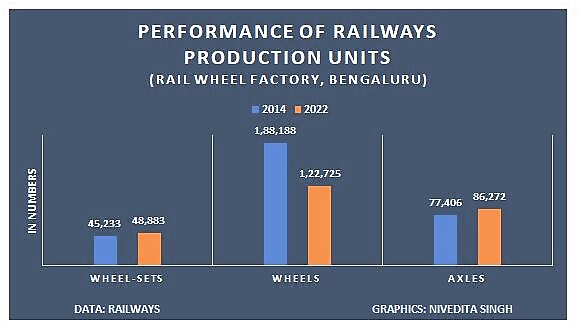
PRODUCTION OF COACHES
Rail Coach Factory (RCF), Kapurthala: In 2013-14, RCF Kapurthala manufactured 1,550 coaches, including 102 Main Line Electric Multiple Units (MEMUs) and 388 light weight LHB coaches with higher passenger comfort and amenities. In 2021-22, RCF Kapurthala manufactured 1,862 coaches, including 1,840 LHB coaches and 22 MEMU coaches.
Integral Coach Factory (ICF), Chennai: The ICF manufactured 1,604 coaches, including 21 Electric Multiple Units (EMUs), 92 Diesel Electric Multiple Units (DEMUs), 33 self propelled high speed accident relief trains (SPART) and 25 LHB coaches in 2013-14 that increased to 3,101 coaches (248 three phase MEMUs, 18 high speed Self Propelled Accident Relief Trains (SPART), 32 coaches for Kolkata Metro, 2,639 LHB coaches, 55 (DETC)/inspection cars and 109 coaches for Sri Lankan Railways) in 2021-22.
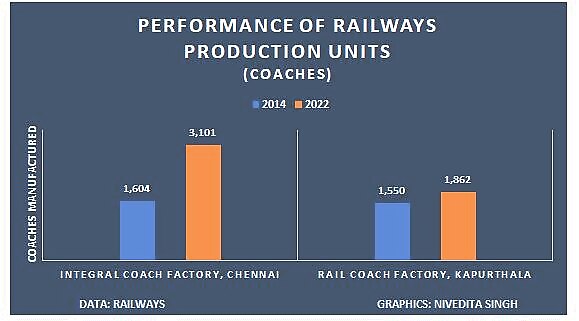
In addition, the Modern Coach Factory (MCF), Raebareli, started functioning in 2012 and manufactured 1,875 LHB coaches, including 63 coaches for Mozambique Railway in 2021-22.
LOCOMOTIVES PRODUCTION
Chittaranjan Locomotive Works (CLW) in 2013-14 manufactured 264 BG electric locomotives. In 2021-22, it manufactured 486 state-of-the-art HHP BG electric locomotives.
Further, the Banaras Locomotive Works (BLW), earlier called the Diesel Locomotive Works (DLW), Varanasi, manufactured 304 BG diesel locomotives, including 266 indigenous high HP locomotives. In 2021-22, BLW manufactured 367 BG locomotives.
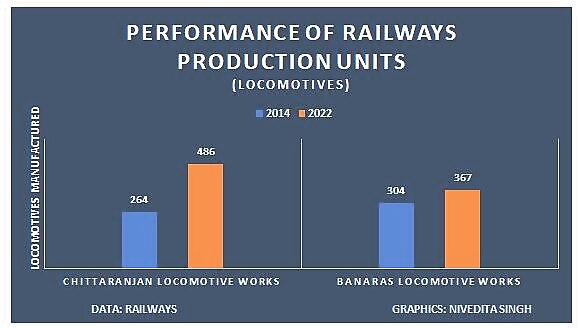
WAGON PRODUCTION
The major requirement of wagons in Indian Railways is met by wagon manufacturing units both in public and private sectors as well as PSUs under the ministry.
During the year 2013-14, 9,326 wagons were inducted in the Indian Railway, including 1,168 wagons manufactured by railway workshops and the remaining 8,158 wagons manufactured by the wagon industry.
During the year 2021-22, 12,796 wagons were inducted, including 1,292 wagons manufactured by railway workshops and the remaining 11,504 wagons manufactured by the wagon industry.
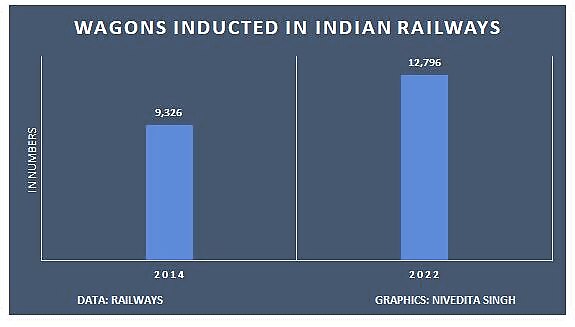
Combined effort of Aatma Nirbhar Bharat & Make in India
The increase in production across various units in the Indian Railways is the combined effort of two of the Union government’s initiatives. While the Aatma Nirbhar Bharat initiative seeks to make India independent of imports, the Make in India campaign serves as the perfect catalyst to boost domestic manufacturing.
As per the Railways, compared to five years ago, around 85 per cent of all signalling system requirements are now met by domestic manufacturing. Further, in June, India got its largest private rail factory in Telangana.
“The private rail coach factory has a production capacity of 500 coaches and 50 locomotives per year, with an investment of Rs 1,000 crore. It will develop all types of railway rolling stock, including coaches, train sets, locomotives, metro trains and monorails,” the Railways added.













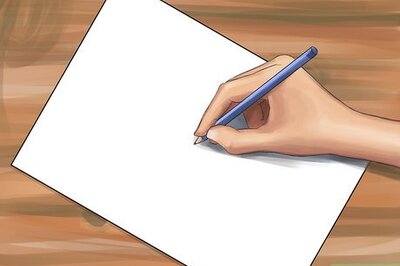
Comments
0 comment